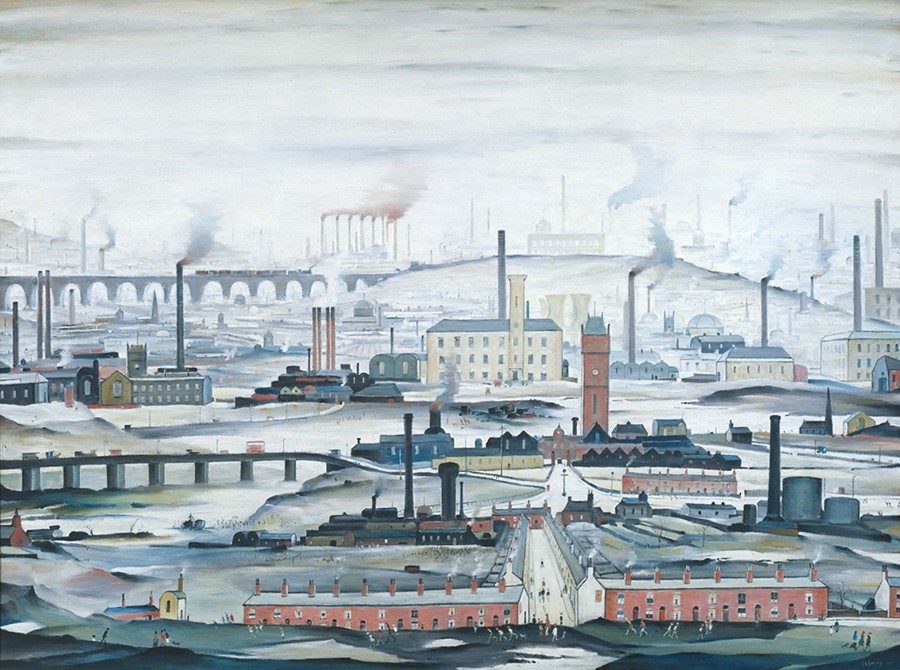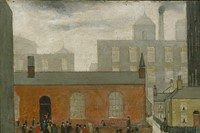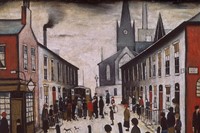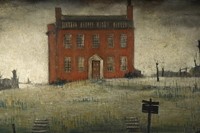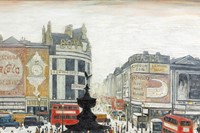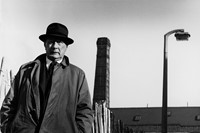The Tate offers an alternative look at Lowry, one of Britain's most maligned popular artists
Despite the singularity or cultural significance of L.S. Lowry’s depictions of the post-war north of England, over the years this modern British painter has been taken more as a diffuse symbol of working class life, than as an artist whose work is to be taken seriously in its own right. Though hugely popular in his lifetime, Lowry’s reputation began to suffer as his industrial landscapes became ubiquitous – thus drawing accusations of kitschy caricature – until he was finally relegated to the critical sidelines.
Perhaps keeping this in mind, it would seem that curators T.J. Clark and Anne M. Wagner have taken a decidedly forthright approach to the Lowry retrospective they have organised at the Tate Britain. Writing in the exhibition catalogue, they explain that neither is an expert in Modern British painting, but that the idea for the retrospective came to them after a visit to the Manchester City Gallery, where they encountered his paintings and were struck by “how good they looked”.
“We think that the time has come – for all kinds of reasons, social and political as well as artistic,” they write, “to reassess the ebb and flow, the successes and failures, of the artist’s effort over a lifetime. We are convinced of one thing (and perhaps our slight outsidedness to the issues, as people more used to looking at French and American painting than British, is of help here): that Lowry’s project as an artist has a dignity, scope and intentness which make most of his compatriots’ efforts in the same decades seem flimsy by comparison – lacking a real resistant subject, too safely inside an ‘art’ cocoon.”
“Lowry’s project as an artist has a dignity, scope and intentness which make most of his compatriots’ efforts in the same decades seem flimsy by comparison"
Laurence Stephen Lowry was born in Stretford, Lancashire, in 1887 and his most famous works depict public scenes – brawls, evictions, factory life –amidst the industrial landscapes of Pendlebury and Salford. He is widely recognised for his signature ‘matchstick men’ and his moody, stylised approach. Moving away from “the cult of the countryside,” Clark and Wagner posit that Lowry was pushing a vision of England that was representative of the modern industrial country it had become, rather than rehashing images of the “comedy of upper-class manners, the dull decencies and resentments of the new middle classes, the lure of London, the grandeur and ambiguity of Empire.”
“It interests us greatly that Britain should have a ‘painting of modern life’ at all,” they continue. “Especially because England… has been by and large so determined to evade, in representation, the dull catastrophe of its post-Imperial, post-Industrial-Revolution condition. Lowry does not. This is one of the reasons he will never cease being a bone of contention.”
Lowry and the Painting of Modern Life is on at the Tate Britain until 20 October.
Text by Ananda Pellerin
